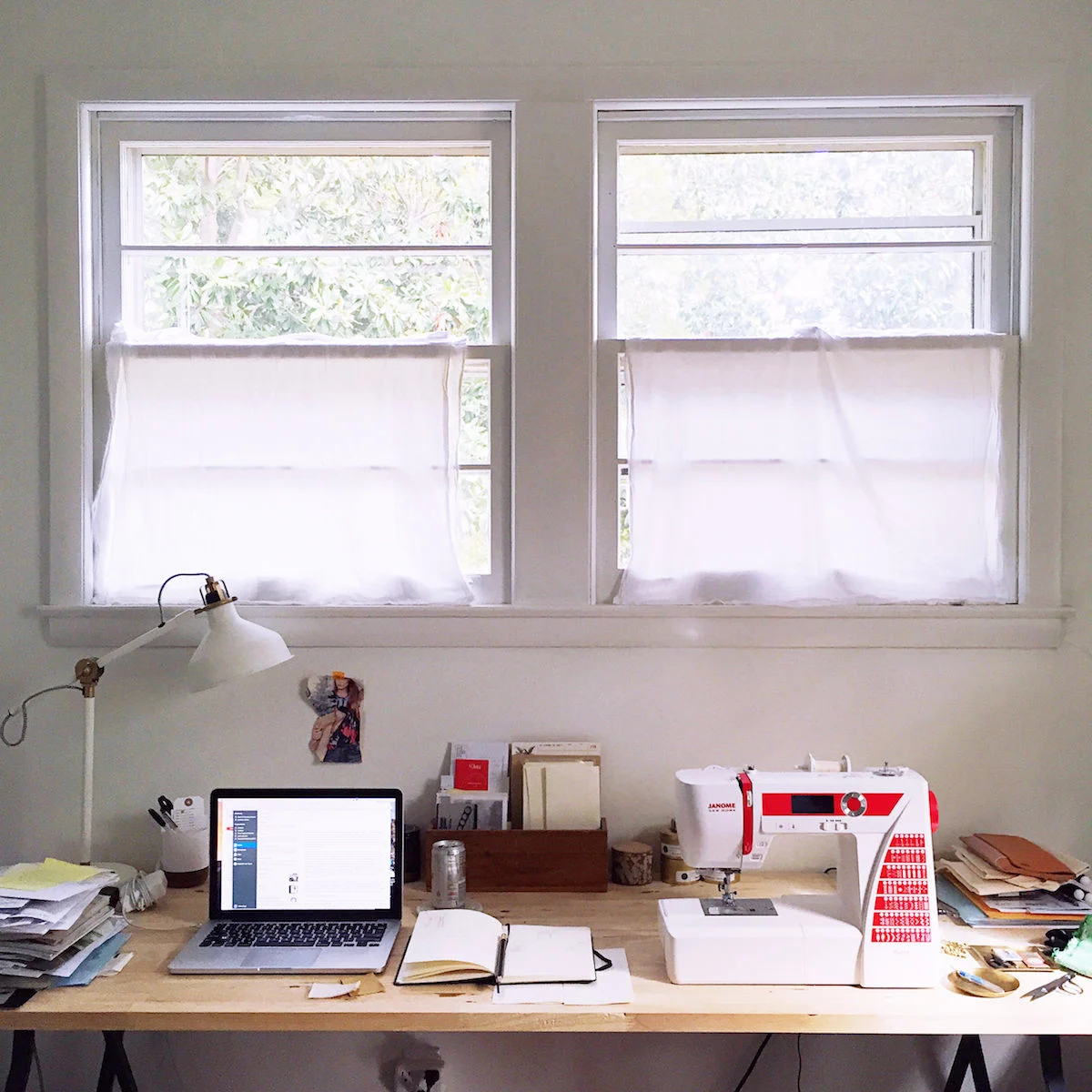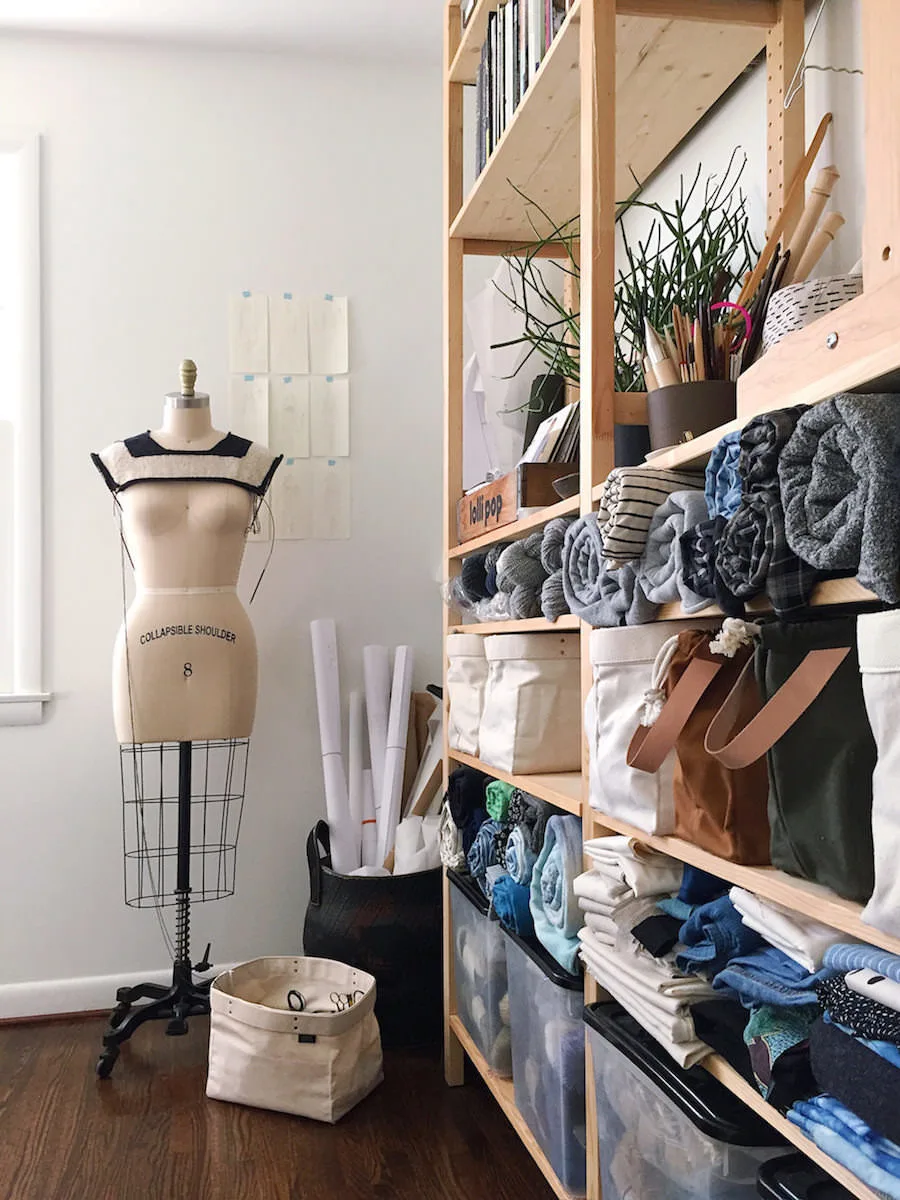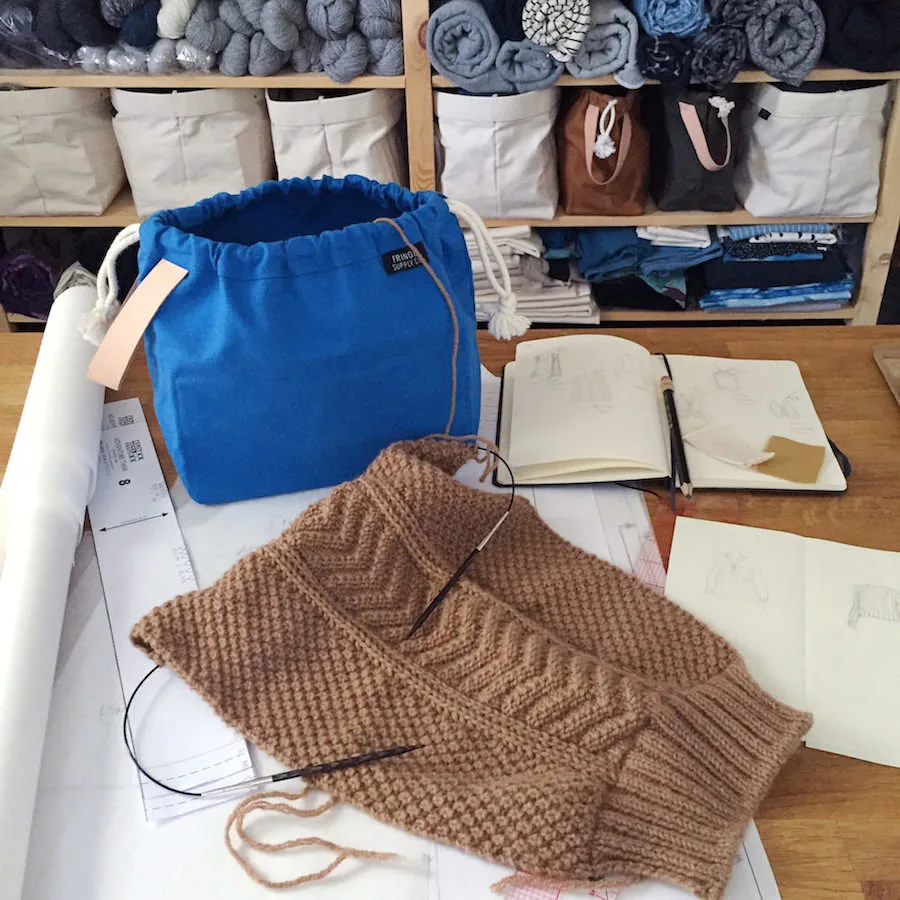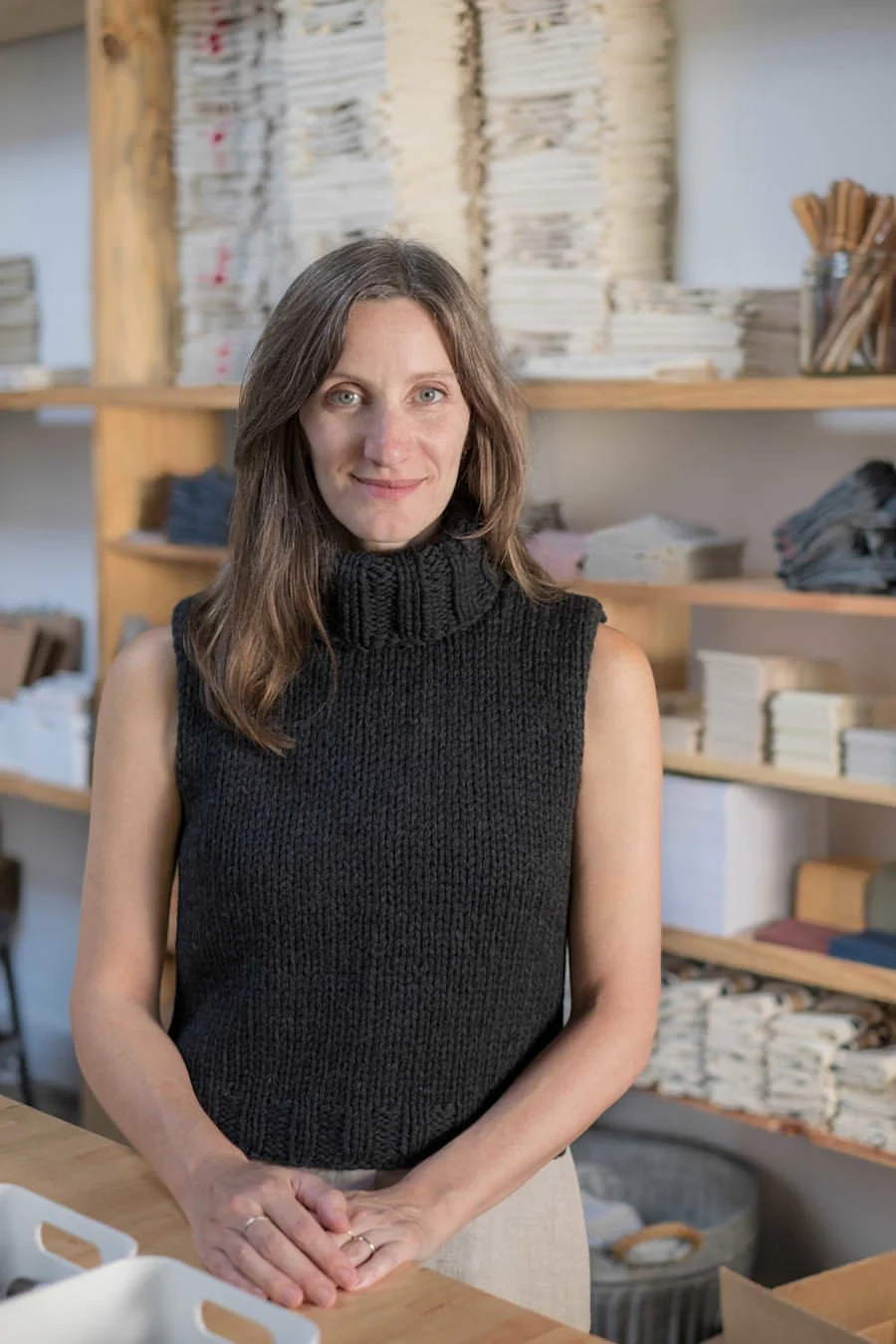How I Built a Community Around My Blog
- 4 October 2016
- ByKaren Templer
- 8 min read

Karen Templer started her blog as a way to connect with friends, but it soon evolved into an entire community. Make no mistake, her success wasn't an accident - it's the result of years of hard work. Karen was kind enough to share a bit about her journey and how she grew her community.
I feel like one of the lucky ones. After years of working for other people - sitting in meetings and going to battle over features of products and services nobody needed in the first place - I get to do what I love all day, and put food on the table doing it. Some days I chide myself to “get back to work" when I’m doing something that feels like hooky - sketching outfit ideas or prepping a piece of knitting for a photo or daydreaming about a new bag idea - and have to remind myself this is my work. I write a blog about knitting, handmade style, and the slow fashion movement. My readers are primarily knitters, and by building a relationship with them, I was able to build a business.
A photo posted by karentempler (@karentempler) on Sep 18, 2016 at 9:12am PDT
Community comes first for me - which I mean in the sense that I worked in online community long before having a shop, and also in the sense that I put my community ahead of everything else. I prefer to drive traffic to my blog over my store because it offers daily value to people and provides a forum for interaction. In turn, readers are likely to become supporters - they appreciate what I do and like what I sell. I also know shoppers who are readers are much more pleasant to deal with. I can always tell when an email comes from someone who just wandered into the shop via search or a link somewhere - they don’t know anything about the blog or me, and assume they’re essentially emailing a call center somewhere rather than the owner of a small business. Those interactions are completely different from when a reader writes and addresses me by name and speaks to me like a person, the same way I speak to them no matter what. And much of the time, I know the readers by name too. I’ve interacted with them on the blog or Instagram. I might know what they’re currently knitting - and may have been giving them advice on their work!
But more than all of that, community makes what I do feel purposeful. As much as I love designing bags and tools and having them be well-received, and seeing how they improve people’s lives in whatever small way, it’s nothing compared to what I get from the exchange of knowledge that goes on among the handmade wardrobe crowd. In five years, I’ve gone from being a total knitting noob trying to meet people to leading some of the biggest initiatives in the community.

THE FRINGE AND FRIENDS KNITALONG
I definitely did not invent knitalongs, but I am good at hosting them. A knitalong traditionally is when someone - often a pattern designer - says hey, let’s all knit this at the same time and compare notes. In 2014, a good friend and I decided to knit a cardigan together. I invited my readers to join in through my blog. By the time the official start date rolled around, I had turned it into a major blog event with a panel of prominent knitters each knitting the same sweater in a different way, an Instagram event with the hashtag #fringeandfriendsknitalong, and it also made a splash on Ravelry, the social network for knitters. (Millions of them - we are legion!)
I’ve now done the “FAFKAL” (as we call it for short) three years in a row, and it’s a bigger draw every year. The #fringeandfriendsKAL2016 was based on knitting a sweater without a pattern, with hundreds of knitters from all over the world rising to the challenge and me as both cheerleader and coach. It was one of the best experiences of my life - I learned at least as much as I taught - and all of those knitters will tell you the same.

SLOW FASHION OCTOBER
The slow fashion movement goes hand-in-hand with handmade wardrobe culture. I'll grossly oversimplify here, but the slow fashion movement is the avoidance of slave-labor chain-store clothes and the environmental disaster of the fashion industry. There’s an online event shared through Instagram and blogs called Me Made May that I became aware of when I first starting knitting. What began as a laudable effort to get sewers to take a hard look at how often they actually wear the things they make had turned into something of a selfie parade, with some people attempting to photograph their outfits every day for the month without repeating any looks, racing to see how much they could make, and so on.
For me, that element of it highlighted the fact that making can be just as wasteful as shopping. And it also sort of left out us knitters! So in 2015 I proposed a month for the community to focus on slow fashion. We would make and buy less, wear things longer, adopt and mend vintage pieces, and buy smaller quantities of materials from ethical sources.
I steer things from my blog and the @slowfashionoctober account on Instagram, providing some framework for the discussion and highlighting the best of the event. We’re in our second #slowfashionoctober right now, and as with last year, the meatiness of the discussion is incredible. Just like with the FAFKAL, I’m endlessly inspired by this community and so honored to play my role in it.
Does it seem ill-advised for a retailer to run an event about buying less - especially right before the holidays? Yes. But most of how I run my business is contrary to what any MBA would recommend. I don’t discount. Nothing ends in .99. I don’t have a lot of turnover in my offerings. I introduce new things rarely and stock them for years. My business isn’t built on traditional selling tactics. It’s built on the trust my community has in me to make and sell things that are worth having.

Photo by Kathy Cadigan
I literally don’t know how I would have a business if I didn’t have my blog and the community I’ve both joined and fostered. If I had to choose between Fringe Supply Co. (my shop) and Fringe Association (my blog), I would choose the blog. Although thankfully I don’t have to! To be simply an online retailer, without the human connection, just isn’t the job for me. My peace of mind comes from the bottom line, certainly. But my job satisfaction comes from the community.
4 October 2016
Words by:Karen Templer
Tags
- Share